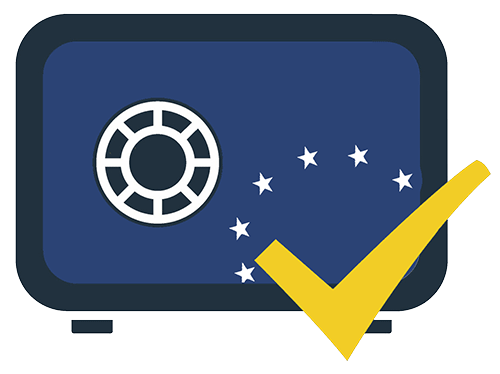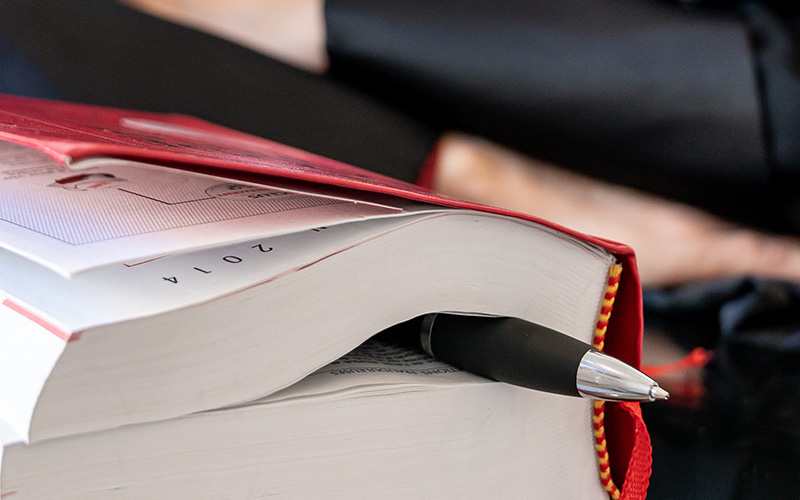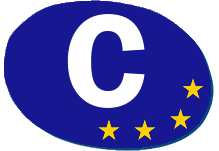The protection of board games is an important issue, particularly given the fierce competition in this field. Indeed, it is necessary to stand out, however, there is a risk that a competitor will copy characteristic features of the game: it is, therefore, essential to consider the protection and defence of your rights.
- How to protect my board game?
A board game is a complex set of several elements of a different nature: the aesthetic components (board, figurines, etc.), the name, the concept, the rules, a technical feature, etc. Several types of protection can therefore be envisaged through intellectual property law.
Intellectual property (IP) law confers exclusive rights on some types of creations for a certain period. These are materialized creations since ideas cannot be protected under this right. IP law concerns both artistic and industrial creators. The advantages of holding private rights are that the holder of the rights can bring an action for infringement should his/her creation be copied, and that the creation can be valued as an intangible asset.
- Protection of aesthetic elements:
These elements can be protected by two types of intellectual property law:
- Copyright law:
This law protects intellectual works, which covers a wide range of creations: texts, books, drawings, music, videos, softwares etc. The only requirement is that the creation must be original and fixed. The protection is valid for 70 years after the death of the author. It is an exclusive intangible property right opposable to all. For more information on this point: copyright protection.
This right is acquired automatically by the mere fact of the materialisation of creation, without the need for registration. Thus, the designs of the board or cards, the figurines, the packaging of the game, the manual and other aesthetic or textual elements shall benefit from copyright as soon as they are created, if they are original, i.e., if they bear the imprint of the author’s personality.
However, it is advisable to constitute proof to be able to attest the date and ownership of the creation, using the means of proof of anteriority, such as the Copyright.eu certificate.
- Design law:
The aesthetic aspect of a work can be protected by a design right. This right protects the appearance and ornamentation of an object, i.e., the lines, contours, colours, shapes, and textures.
This right arises through registration with the French National Institute of Intellectual Property (INPI). To benefit from this protection, strict conditions must be met: the creation must be new, have a distinctive, visible, and lawful character, and must not be dictated by technology.
After registration, the holder has a 5-year monopoly of use from the date of filing, which can be extended to 25 years. For more information on this point: protection by design law.
- Protection of the name and packaging:
A board game name as well as its packaging can be protected for their distinctive function under trademark law. A trademark is a sign that distinguishes a company’s products and services from those of competitors.
Trademark law grants a monopoly of use on the trademark for the goods and services designated by the applicant. To be protected as a trademark, the name or logo must be registered with the French National Institute of Intellectual Property (INPI). The trademark must meet the conditions of distinctiveness, availability, and lawfulness. Protection is valid for 10 years and can be renewed indefinitely. To find out more: trademark law.
- Protection of the board game’s technical features:
In rare cases, board games may contain technical and innovative features. These could then be registered as a patent. A patent allows the protection of a product or process providing a new technical solution to a given technical problem and grants a 20-year monopoly of use.
A registration with the French National Institute of Intellectual Property (INPI) is necessary. Strict conditions must be met to benefit from this protection: novelty, inventive step, and industrial application. To find out more about this point: patent protection.
- Protection of rules and concepts:
As mentioned above, ideas cannot be protected under intellectual property law. Game rules are still ideas or concepts and cannot be protected as such.
However, it has been deemed possible to protect the game rules under copyright law for the particular and original form of certain elements, the graphic interfaces, or the characters for instance (TGI Paris, 4 March 2009, n° 06/16550 concerning the game Puissance 4).
Also, a board game is a transversal work that brings together various elements through a concept. Judges have been able to grant a sort of overall copyright protection without examining each element. This was the case in Jungle Speed where the game was recognised as original intellectual work as a whole and infringement was established, thus indirectly protecting the concept and the game rules linked to the characteristic elements of the game (TGI Paris, 3rd ch. 4th sect., 6 May 2010, n° 09/01554).
As made in the Jungle Speed case, it is then recommended to constitute proof of anteriority to be able to attest the date and the ownership of the global creation. This is possible with the Copyright.eu service.
- How to secure my copyright with the Copyright.eu service?
The Copyright.eu certificate of anteriority enables you to prove that your creations existed at a certain date, and that you are the author. This type of service is important, as seen above, for creations that depend on copyright, but also for securing innovative concepts and elements that cannot be protected by intellectual property.
It is, in fact, essential to obtain proof of anteriority to be able to prove that you are indeed the author of your creation at a certain date. This makes it easier to claim your copyright, particularly in the event of future copying or challenge by a competitor or in the event of a dispute over confidentiality.
The Copyright.eu anteriority certificate provides indisputable proof of anteriority, through the intervention of a Bailiff (depending on the offer selected), but also through the qualified electronic timestamp, which has evidential value, including internationally.
To apply for a Copyright.eu anteriority certificate, the process can be completed online. Please visit the following address: https://www.copyright.eu/en/online-copyright-deposit-protect-creations/how-to-file-a-copyright/









